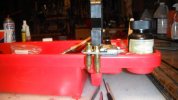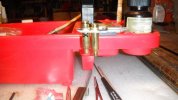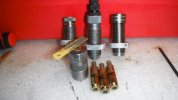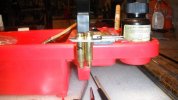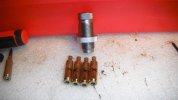pdog shooter
Well-Known Member
Interesting
You know, one of the characteristics that I liked about Peterson may be a weakness, when turning the necks it "felt" different than other brass. sizing felt different. Don't know if softer is the correct word but it is different, much different than, say, winchester. I would buy it again if available, just stay off max.
You know, one of the characteristics that I liked about Peterson may be a weakness, when turning the necks it "felt" different than other brass. sizing felt different. Don't know if softer is the correct word but it is different, much different than, say, winchester. I would buy it again if available, just stay off max.

